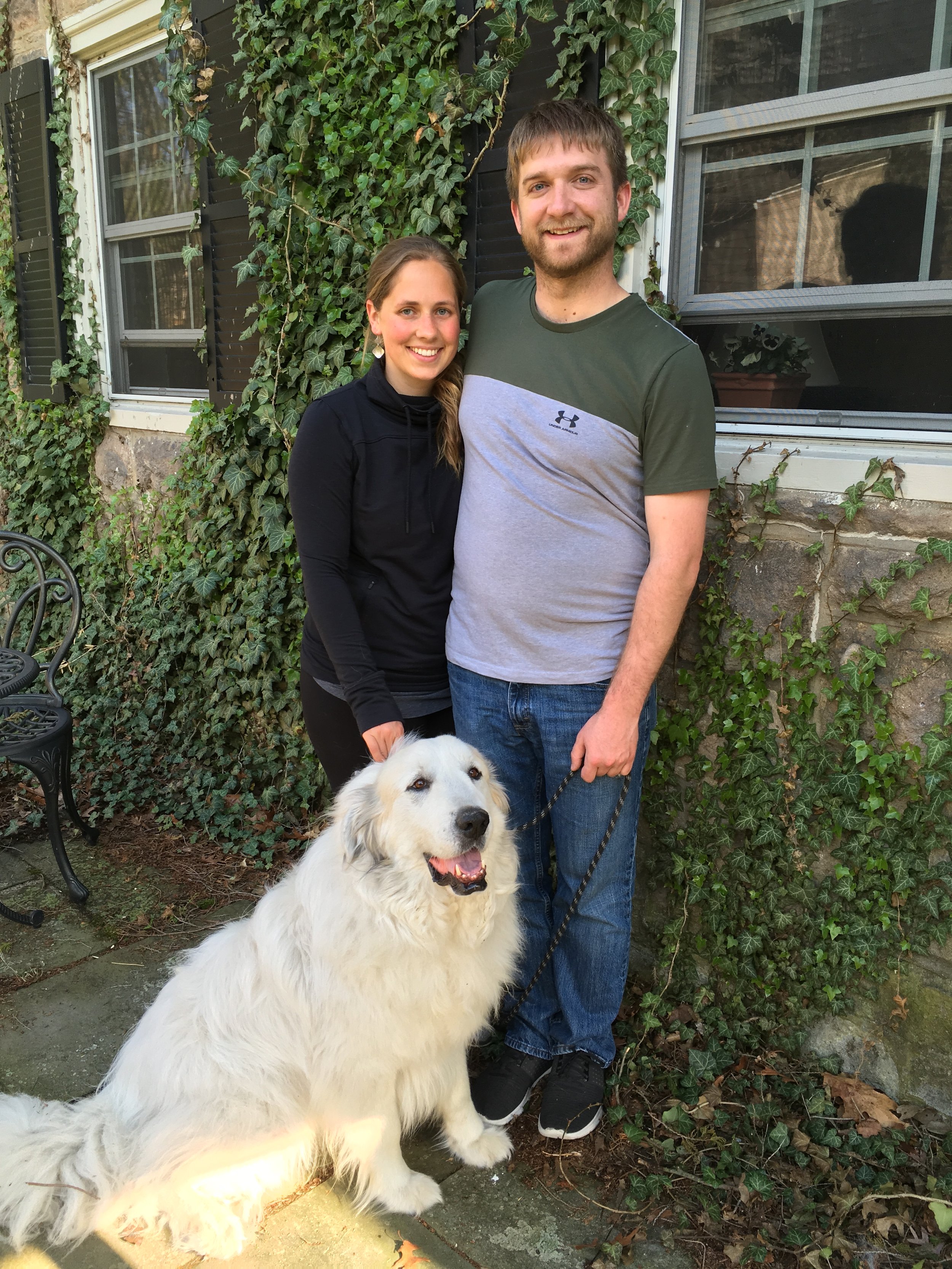I thought I’d share an essay I wrote a while back, originally published in the Yellow Arrow Journal in 2020. I’m constantly writing essays, but when I go back, some of my old ones feel weird, almost like I didn’t write them. They don’t quite feel like me.
It’s interesting to see and watch how my voice and style has changed over the years. And I think this is a good example. I wrote this in 2019, published in 2020. If you’re interested in comparing, check out The Art of Wandering from about a month ago or Heartbeat from March 2021.
The Lilac Tree
When I was 10 years old, I had a beehive. Long story short—it died. But around my beehive, I planted a garden. To get to it, I had to cross the road, pass the barn, climb up a homemade stone staircase and a painfully steep hill, and make a left. I planted irises, marigolds, pansies, daisies, black-eyed Susans. I mowed down the grass and trimmed the bushes so there was plenty of light, plenty of room for everything to grow.
My friend Sarah used to garden with me. We cut down sapling trees and made an arch at the entrance. We collected big rocks and used them to line the edges of the flower beds. Before the beehive died, the bees hated Sarah. She must have smelled bad. Every time we worked up there, she got stung.
For my birthday one year, my parents gave me a lilac bush. It was small, a cutting from one of the big bushes by the house. I planted it in my garden. It didn’t bloom that year, but I still took care of it. Water. Soil. Sun. It bloomed the next year though, and the next.
My brother Gary had a garden, too. He was older, so his was much more extravagant. It was on top of the hill on the other side of the road, above the pond. It started out as raised beds. He built them with stones and filled them with soil. A shade garden, so myrtle. Lots of myrtle. And bloodroot. Lungwort. Forget-me-nots. Snowdrops. And comfrey.
Next, he built a hydraulic ram pump. I have no idea how it worked, but it didn’t require electricity. He put it in the spring, and it pumped water all the way up the hill into a big old plastic trash can. That trash can was always full. He used it to water the plants and sometimes for drinking water. Later, he spliced the pipes and made a fountain and a tiny pond in the middle of the garden.
He built a wall from rocks. And then a tower—about 7 ft tall, 10 ft in diameter. Big, but not that big. We helped—Sarah, Evan (my little brother), and me. I carried a lot of rocks. Gary carefully dry laid them, one by one. We all worked together to thatch the roof of the tower. It was like a castle. We called it Gary’s Garden.
Evan had a garden, too. His was messier, more Bohemian—it had a little bit of everything. It was on the hill behind the house, a different quadrant of the property than my garden or Gary’s. It had dirt trails, wild roses, elephant ferns, and a little bench made from leftover wood he scavenged from the barn. He even built a tiny shed where he kept his tools—one rake, a shovel, and an antique coke bottle. When his rabbits died, he buried them there.
The shed is still there, and the bones of his beloved pets. Maybe a few elephant ferns. But the rest of the garden has gone wild. In Gary’s Garden, the stone walls still stand, overrun with vines and myrtle and the downed branches of white pines. One of the walls has collapsed. The pump is gone, the pipes removed. But the bloodroot still grows. And snowdrops, every year.
Over the years, I aged, as one does. Through middle school, high school, college. I moved to North Carolina, New Hampshire, Maryland. Periodically, I would go home and peek in on my own garden. The marigolds and pansies died, of course. But the irises still bloomed every year. And the daisies. The black-eyed Susans. The Queen Ann’s lace. Dad eventually took the beehive back to his apiary and filled it with new bees.
Eventually, I stopped looking. It was a difficult trek up that hill, and the stone steps fell into disrepair. Bushes grew over the entrance, making the spot hard to get to. Last spring, I finally decided to go back. Dad had mowed a path to get to the apple trees, right through where my garden had been.
The arch was gone. The irises had vanished. I couldn’t find any signs of the stones I had laid out around the flower beds. The trees on all sides had grown up around it, their branches entwined, all reaching for the same sunlight.
But there, in the middle of it all, stood the lilac tree, in full bloom.
For more essays and updates on my writing, click here to sign up!








































































































































